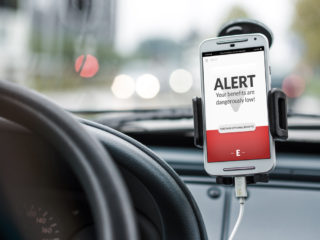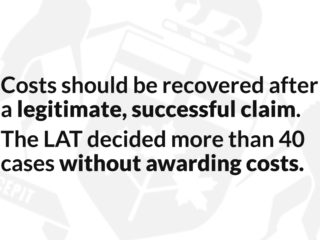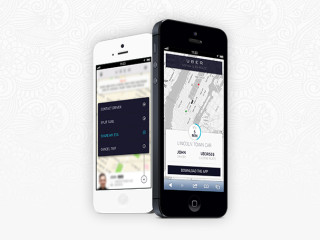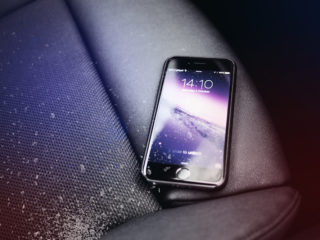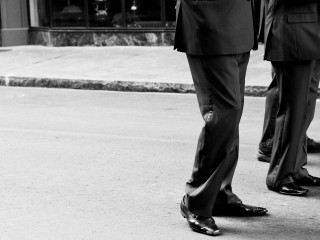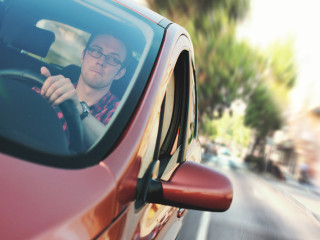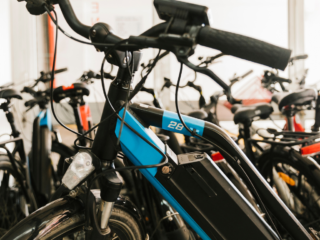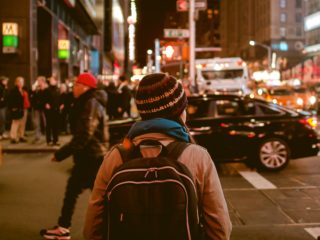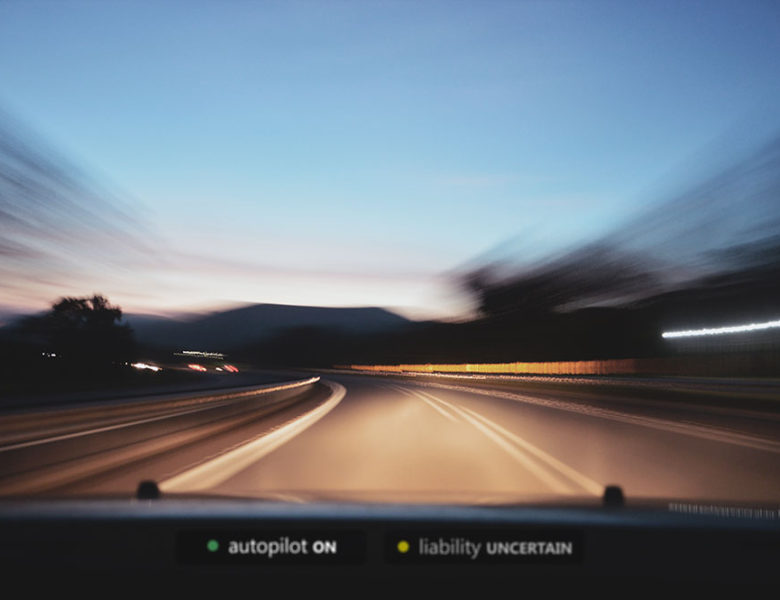As society progresses on its ambitious path towards “technological utopianism”, laws and regulations must keep up with the rapid pace of advancement. One issue of great interest is the shift towards self-driving cars.
The Autopilot Technology
When Tesla CEO Elon Musk introduced the release of Tesla’s autopilot system in October 2014, the news generated global buzz.
The autopilot system introduced many new and innovative features including long-range forward radar with image recognition enabling detection of stop signs, traffic lights and pedestrians. Features of the autopilot system also included a sensitive 360-degree ultrasonic barrier around the vehicle to spot objects including other cars, road barriers, small children, or even animals. According to Musk, this ultrasonic barrier allows the car to “attempt to make whatever the smart move is” based on the ultrasonic data at any speed. Other notable features include active emergency braking, self-parking capabilities and even the ability for the car to be “summoned” to the driver from its parking position.
Many consumers and rival automakers have expressed safety concerns at the early release of this novel technology. Tesla has tried to explain that the autopilot feature is not the same thing as autonomous driving as the technology is not yet at the point to replace driver oversight. Musk explained this himself more than two years ago in an interview with Bloomberg Business:
“Autopilot is what they have in airplanes… where there is still an expectation that there will be a pilot. So the onus is on the pilot to make sure that the autopilot is doing the right thing. We’re not yet at the stage where you can go to sleep and wake up at your destination. We would call it autonomous instead of autopilot if that was the case.”
First Autopilot Technology Fatality
As of May 7, 2016, Tesla is now dealing with its first fatality out of Williston, Florida after a semi tractor-trailer turned in front of Mr. Joshua Brown’s 2015 Tesla Model S, killing Mr. Brown. Tesla has determined that the autopilot system was engaged but neither Mr. Brown nor the autopilot system activated the brakes before impact.
The driver of the truck claimed he heard a Harry Potter movie playing in Mr. Brown’s vehicle after the collision and Federal agencies are currently investigating the incident.
This tragedy begs the question of whether autopilot technology lulls drivers into a state of complacency or whether it actually enhances safety. At what point (if any) should driver oversight be relegated to the technology we have become so reliant on?
“We’re going to be quite clear with customers that the responsibility remains with the driver. We’re not asserting that the car is capable of driving in the absence of driver oversight. That will be the case at some point in the future – maybe 5 or 6 years from now, I think we’ll be able to achieve true autonomous driving.”
In response to this tragedy, Tesla announced on June 30, 2016 that “[n]either Autopilot nor the driver noticed the white side of the tractor trailer against a brightly lit sky, so the brake was not applied.” Tesla describedthis incident as “extremely rare”. It went on to state:
“It is important to note that Tesla disables Autopilot by default and requires explicit acknowledgement that the system is new technology and still in a public beta phase before it can be enabled. […] Additionally, every time that Autopilot is engaged, the car reminds the driver to “Always keep your hands on the wheel. Be prepared to take over at any time.”
There are plenty of YouTube videos touting the safety benefits of autopilot technology, including one video posted by Mr. Brown himself about one month before his death depicting his car’s autopilot system initiating a safety maneuver.
Telsa also stated this tragedy was the first fatality in “over 130 million miles where autopilot was activated”. According to Tesla, this is in stark contrast to US statistics showing one fatality for every 94 million miles, and the even greater worldwide fatality rate of one fatality for approximately 60 million miles.
Legal Implications
From a liability standpoint, we are entering uncharted waters as far as how the law will apply to this rapidly emerging technology. It is just a matter of time before cases work their way through the court system. After all, it has been reported by 2020 there will be 10 million self-driving cars on the road in the United States alone.
Many questions remain open for debate. For example, will auto manufacturers be liable on the basis of a design defect or failure to warn of inherent dangers? Or will drivers/owners bear responsibility for something the autopilot system should have done? Of course, before liability can be determined, all the facts will need to be gathered in each case.
The dramatic shift from advanced driver assistance systems like autopilot to fully autonomous self-driving cars is now within reach. It will be interesting to see how litigation plays out as self-driving technology rolls itself into the legal equation.

